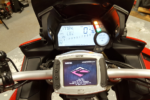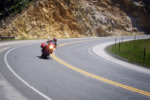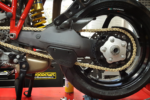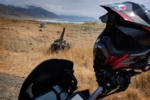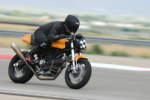Mastering the Art of Rev-Matching
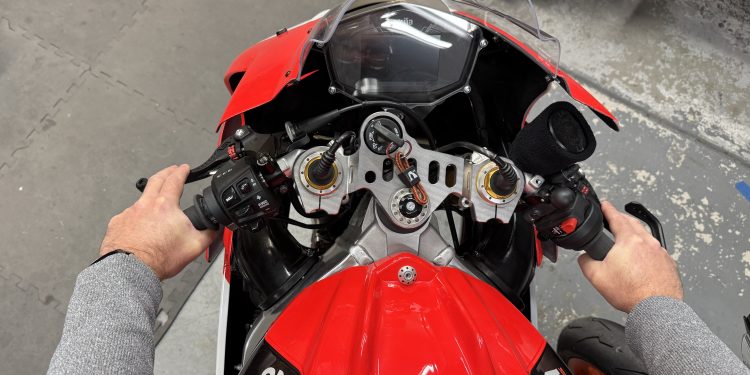
In today’s world of advanced rider aids and electronic wizardry, many modern motorcycles come equipped with quick shifters and auto-blippers. But what if you could achieve smoother, faster downshifts without relying on any of that tech?
Welcome to the world of rev-matching, also known as blip-shifting — a technique that not only makes you look smooth on the bike, but also improves safety, control, and rider feel.
What Is Rev-Matching?
Rev-matching involves quickly blipping the throttle during a downshift to match the engine speed with the wheel speed. Instead of slowly easing out the clutch to avoid jerky transitions, a well-timed throttle blip allows for smoother, quicker downshifts.
This technique reduces wear on your drivetrain, improves traction, and provides a more connected feel with the bike.
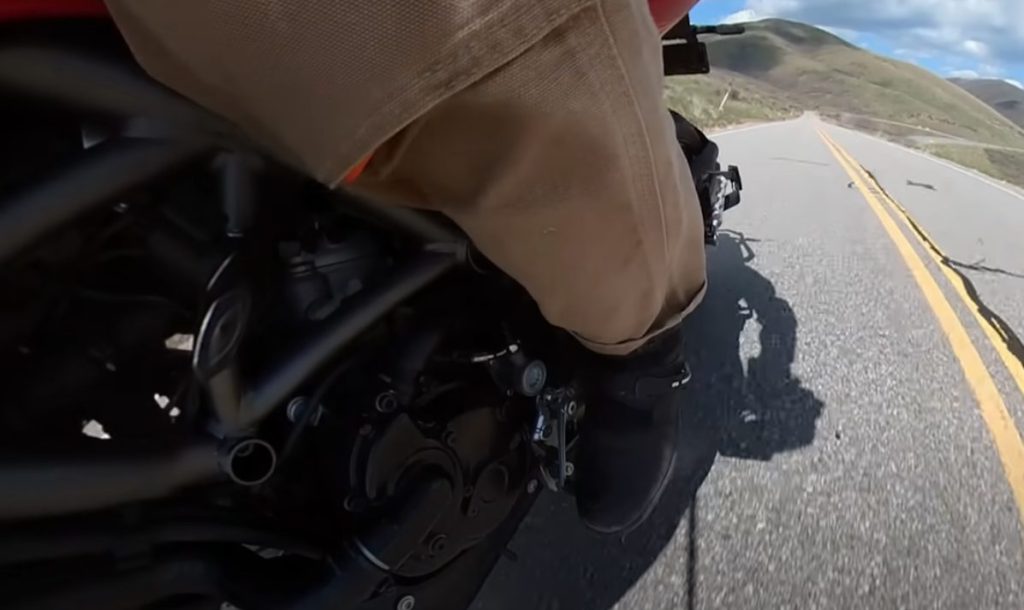
Why Should You Learn It?
Even with modern aids like slipper clutches, there are several benefits to mastering this manual technique:
- Smoother downshifts without jerking or rear-wheel hop.
- Faster gear changes, especially useful when approaching tight corners.
- Better control and stability, especially under aggressive braking or lower traction.
- A more enjoyable ride — especially if you ride with a passenger (no more helmet bumps!).
Plus, learning this skill pays off long-term. It keeps your riding sharp and doesn’t rely on electronics that may not be available on all bikes.
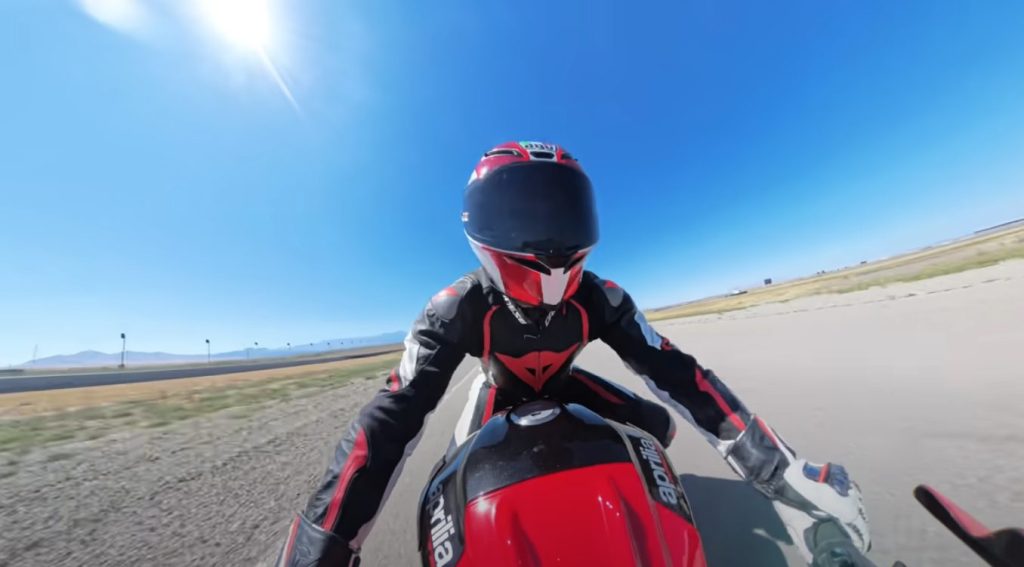
How to Rev-Match (Blip-Shift)
Here’s the quick breakdown:
- Use two fingers on the clutch; don’t pull it in all the way.
- Simultaneously:
- Roll the throttle slightly open (the “blip”).
- Squeeze and release the clutch.
- Tap the shifter into a lower gear.
- The entire movement should take less than one second.
The hardest part? Timing. It takes practice — you can’t do this in slow motion. Expect some jerky downshifts while learning, but the payoff is worth it.
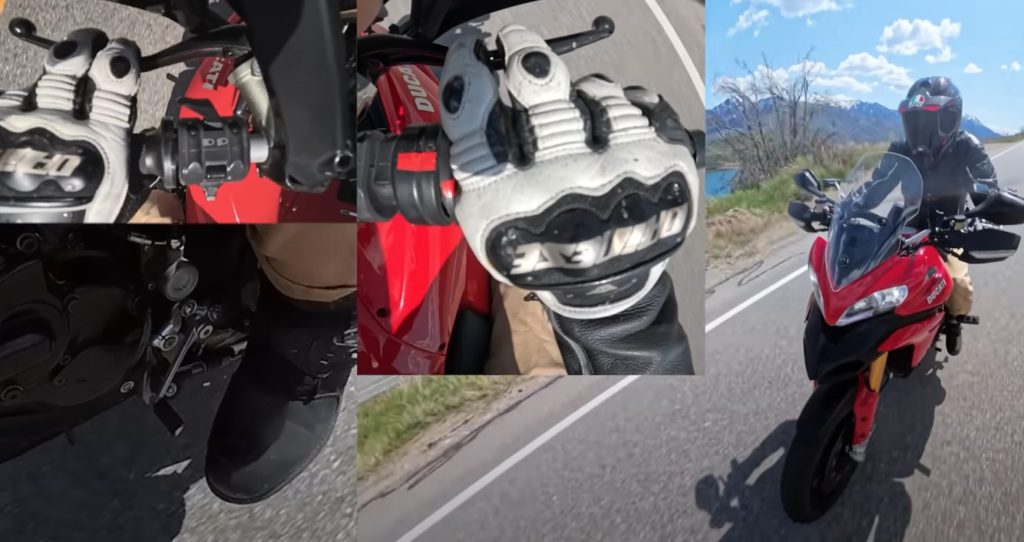
What About Quick Shifters & Auto-Blippers?
Quick shifters help with upshifting without the clutch, while auto-blippers assist with downshifting. Not all bikes have both. While they’re fun and convenient, they still have limitations — and a skilled rider can often outperform them, especially during downshifts.
Mastering rev-matching means you’re not dependent on tech — you’re in control of the machine.
Final Thoughts
Whether you ride a race replica or a retro cruiser, learning how to rev-match will make you a smoother, more confident rider. It may take a summer to really dial in, but as thousands of riders will tell you — it’s one of the most rewarding skills you can learn.

